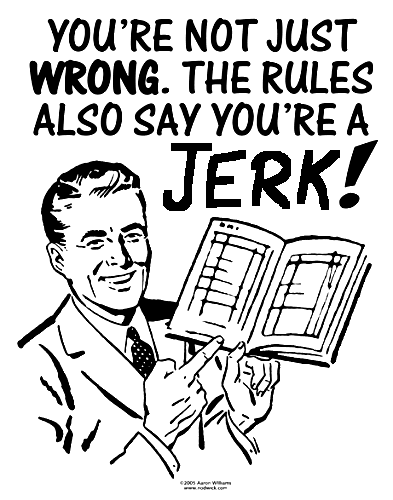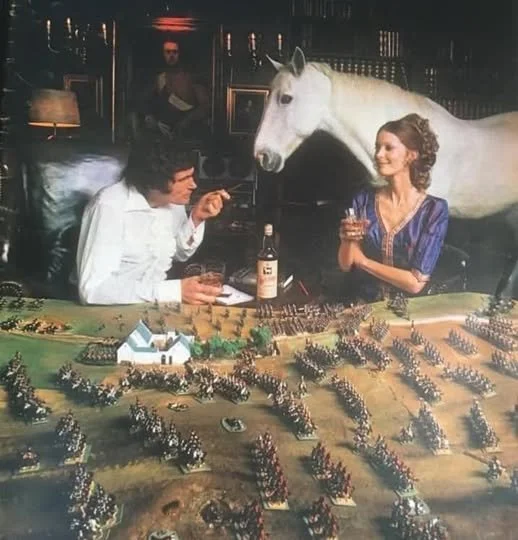Frosting Disaster!
/I have been painting a company of 15mm WW2 dismounted Polish cavalry: 49 figures in all.
It's probably taken me about ten hours of work to finish them: that's prepping the figures, undercoating, top coat, highlight, wash, and basing.
Finished them last night.
Went out to the garage to varnish them. Picked up the bad can of GW Purity Seal that caused me so many problems with my half-tracks (see previous post) that I'd put handy to throw away, but hadn't actually thrown away yet, and promptly frosted the lot of them!
And when I say frosted, I mean frosted:
An absolute disaster! And on my 50th birthday as well! I could have cried!
Now usually when this happens I try spraying with a gloss varnish, and that sorts most of it out. Not this time: just made it slightly worse!
So I googled solutions and was amazed to find people suggesting a thin coat of olive oil might solve the problem.
Olive oil? Are you sure?
So into the kitchen I went, and was immediately confronted with my first dilemma: what sort of olive oil. The wife has got at least three types: ranging from the cheapo, supermarket own-brand in a plastic bottle to the super-squishy, extra-extra-virgin delicatessen variety.
Well, these troops have had quite an investment of my time, so it had to be the top quality oil: nothing but the best for the Polish cavalry!
Rather dubiously, I started painting it on.
Immediate results: figures de-frosted almost as the brush passed over them, leaving them free of frosting and nicely detailed again, with just a hint of roughness caused by particles of varnish.
Extra-ordinary...and now that they are dry, they have a rather pleasing patina to them too.
Glad I used the expensive stuff!
I've now re-varnished using Army Painter seal, and will post a pic tomorrow: it's good to keep you in suspense a little!
Olive oil! Who'd have thought it.

























